
A truck loads containers at Tangshan Port, North China's Hebei province, April 16, 2021. (Photo/Xinhua)
Last year, Dongguan in Guangdong province became the 24th city on the Chinese mainland to record GDP of over 1 trillion yuan ($157 billion), an indication of the country's steady economic recovery in 2021, experts said.
Despite the impact of the COVID-19 pandemic, the substantial economic growth of the cities highlighted the resilience and vitality of the Chinese economy, they said. In 2021, Beijing also became the first Chinese city to have GDP exceeding 4 trillion yuan.
The 1 trillion-yuan figure is usually seen as a benchmark of a city's economic prowess. Shanghai was the first Chinese city to hit the mark in 2006, followed by Beijing in 2008.
"China's rapidly growing urban economy has become a key pillar supporting the country's economic development," said Pan Helin, executive director of the Digital Economy Academy of Zhongnan University of Economics and Law.
Citing the strong development of the China (Shanghai) Pilot Free Trade Zone and the booming innovative technology economy, Pan said Shanghai is expected to join Beijing with GDP of over 4 trillion yuan in 2021.Shanghai has yet to announce its GDP figure for last year.
The development of the 24 cities has been buoyed by the constant advance of the urbanization process, the steady increase in urban populations, the substantial development of urban economies and the boom in technological innovation.
While most of the cities with GDP over 1 trillion yuan are located in coastal regions, such as the Yangtze River Delta, Pearl River Delta and the Beijing-Tianjin-Hebei area, inland cities such as Xi'an, Shaanxi province, and Chongqing also made the list in recent years.
Pan said large cities on the eastern seaboard have formed metropolitan clusters to drive integrated development, and growth in the inland areas, especially in the western region, is fueled by multiple inland cities. "There are still more southern large cities than northern large cities, but the gap is narrowing."
Among the 24 cities, 18 are located in southern China and 6 in the northern region.
Zheng Lei, chief economist at Glory Sun Financial Group, said 24 cities accounted for around 40 percent of China's overall GDP, showcasing the remarkable role urban economies play in supporting the country's overall development.
However, as central and western regions only account for about one-third of the 24 cities, more efforts are needed to promote balanced development in the nation, Zheng said.
Sun Wenhua, director of the Shanghai branch of the Academy of Planning and Design of Nanjing Agricultural University, said cities with GDP over 1 trillion yuan will play a significant role in driving the development of major city clusters, and other cities can also learn from their development experiences.
For instance, Beijing saw significant growth last year fueled by the booming biomedicine, science and technology sectors, highlighting the importance of innovative development.
Experts also warned that in the future, the recurrence of COVID-19 and the Omicron variant could create additional uncertainty for the global economic recovery.
"Heading into 2022, China is facing multiple pressures from shrinking demand, supply shock and weakening expectations," said Lynda Zhou, equity portfolio manager at Fidelity International.
"The central government has attached greater importance to stable growth. The policy tuning that began in December 2021 and the corresponding policy easing, boost our confidence that the economy will bottom out in 2022."
Zhou added that China has maintained normal monetary policy throughout the pandemic, and more policy support for the economy was expected in 2022. "While stable growth has been given a higher priority, we believe that China's structural reform of the economy will continue," Zhou said.
China will maintain a loose and independent monetary policy, its equity and bond markets will remain appealing globally, and foreign holdings will continue to rise, Zhou said.











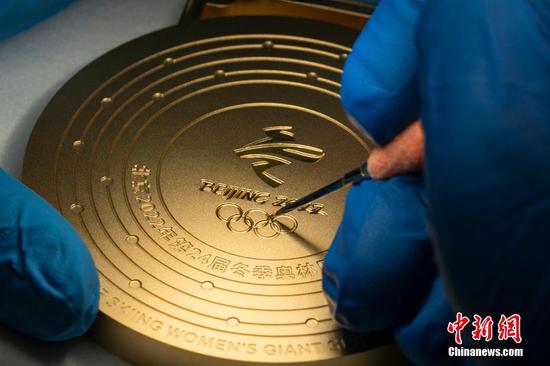










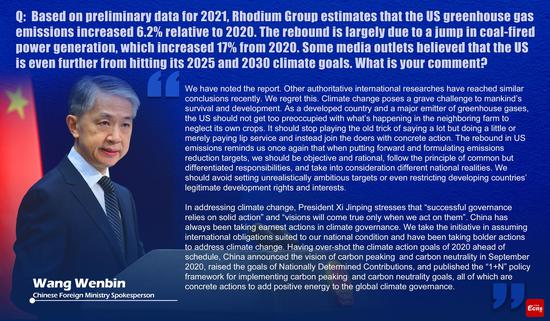










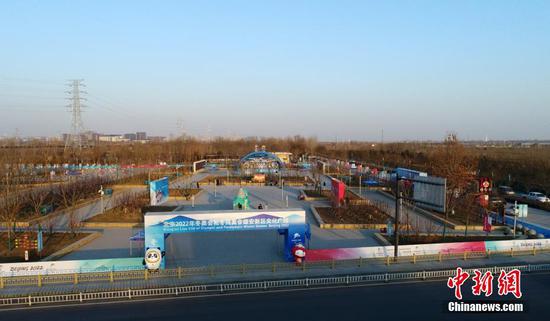








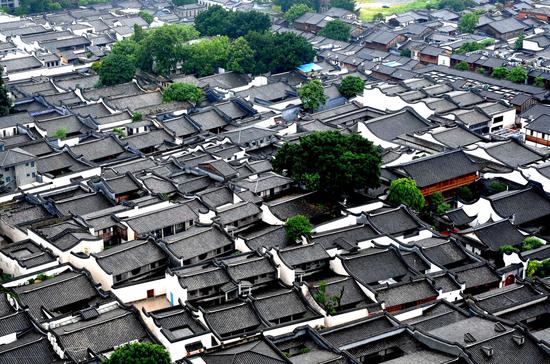



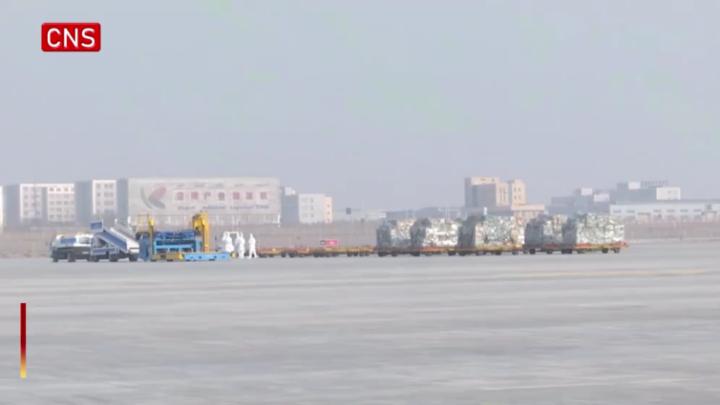



 京公网安备 11010202009201号
京公网安备 11010202009201号